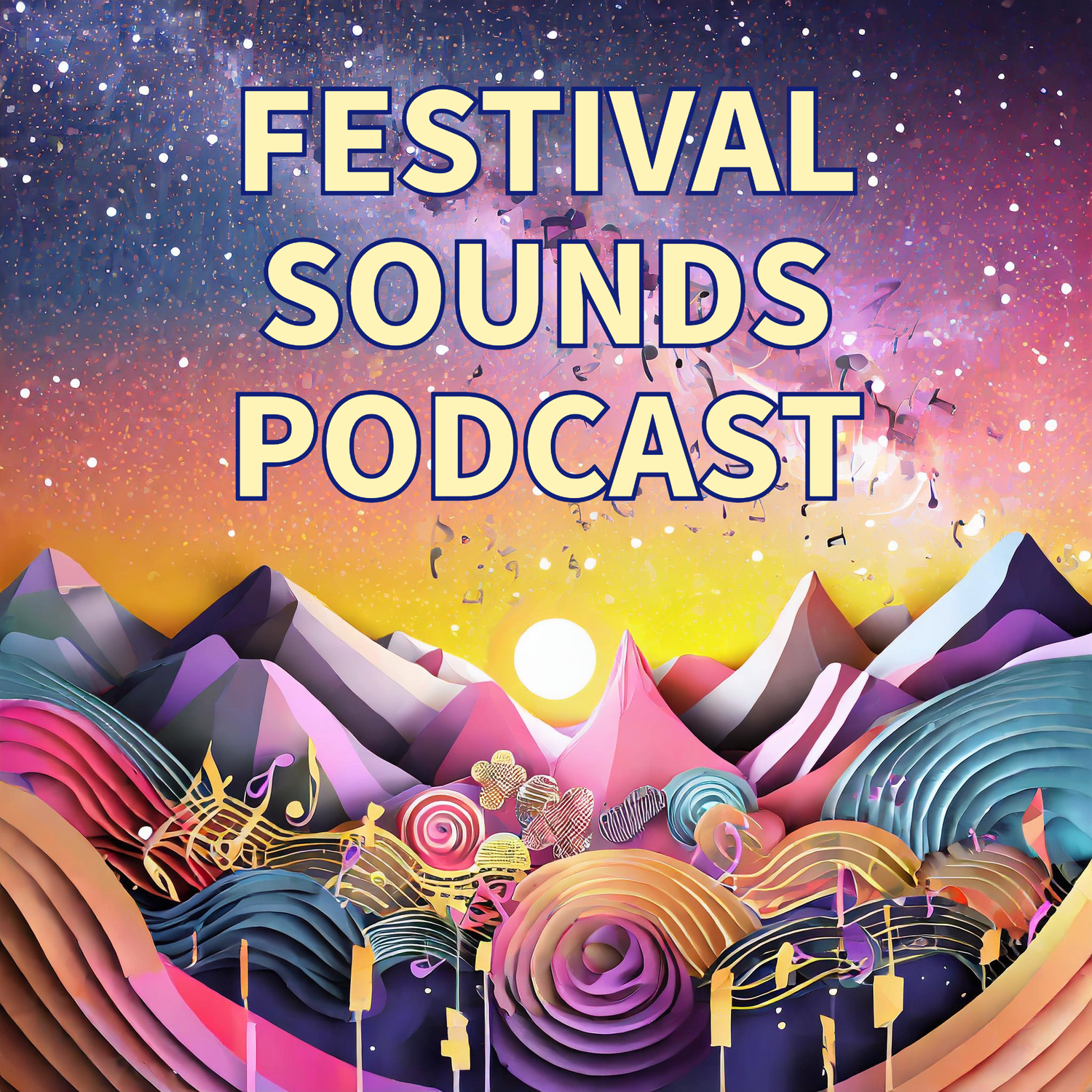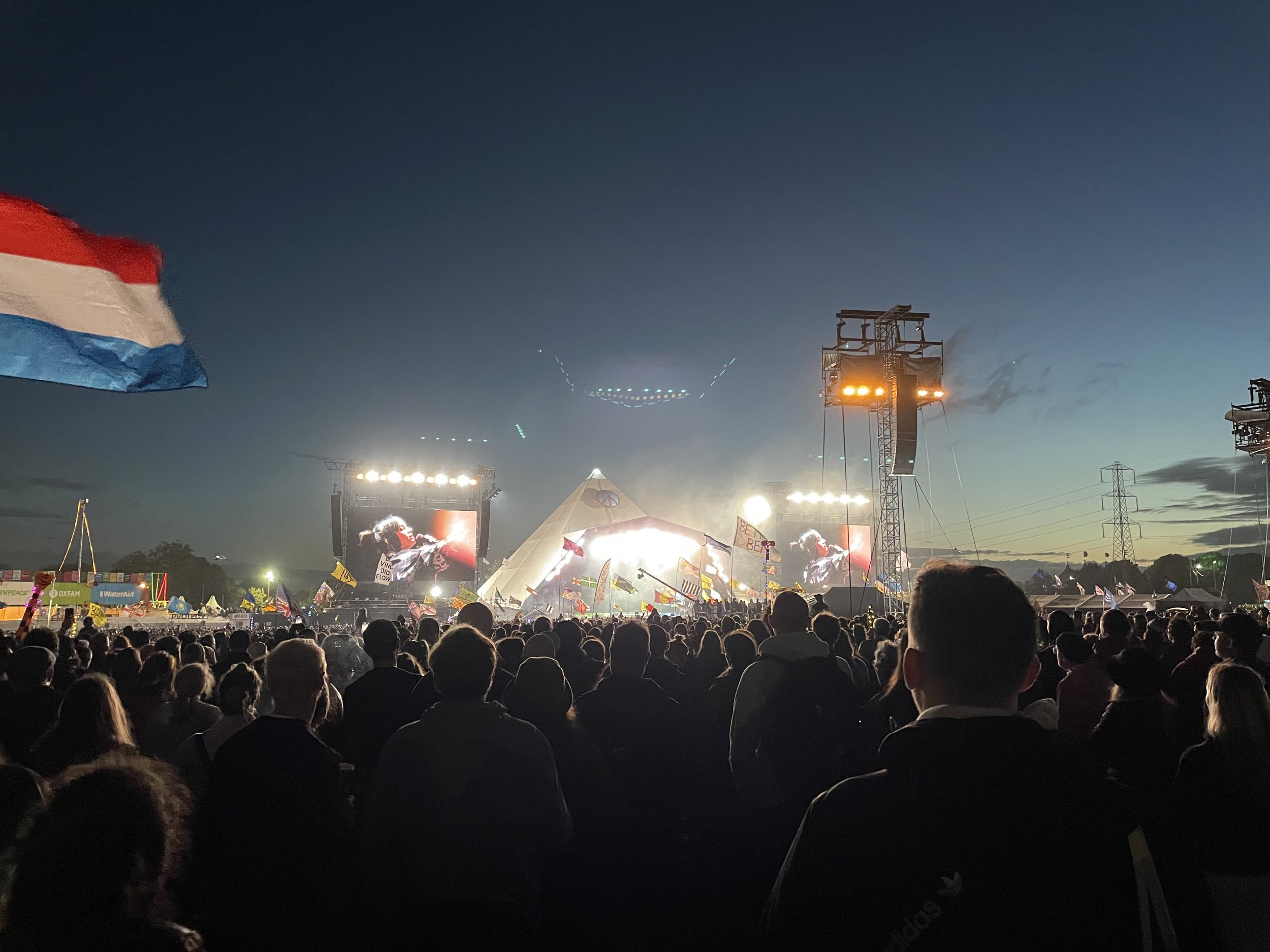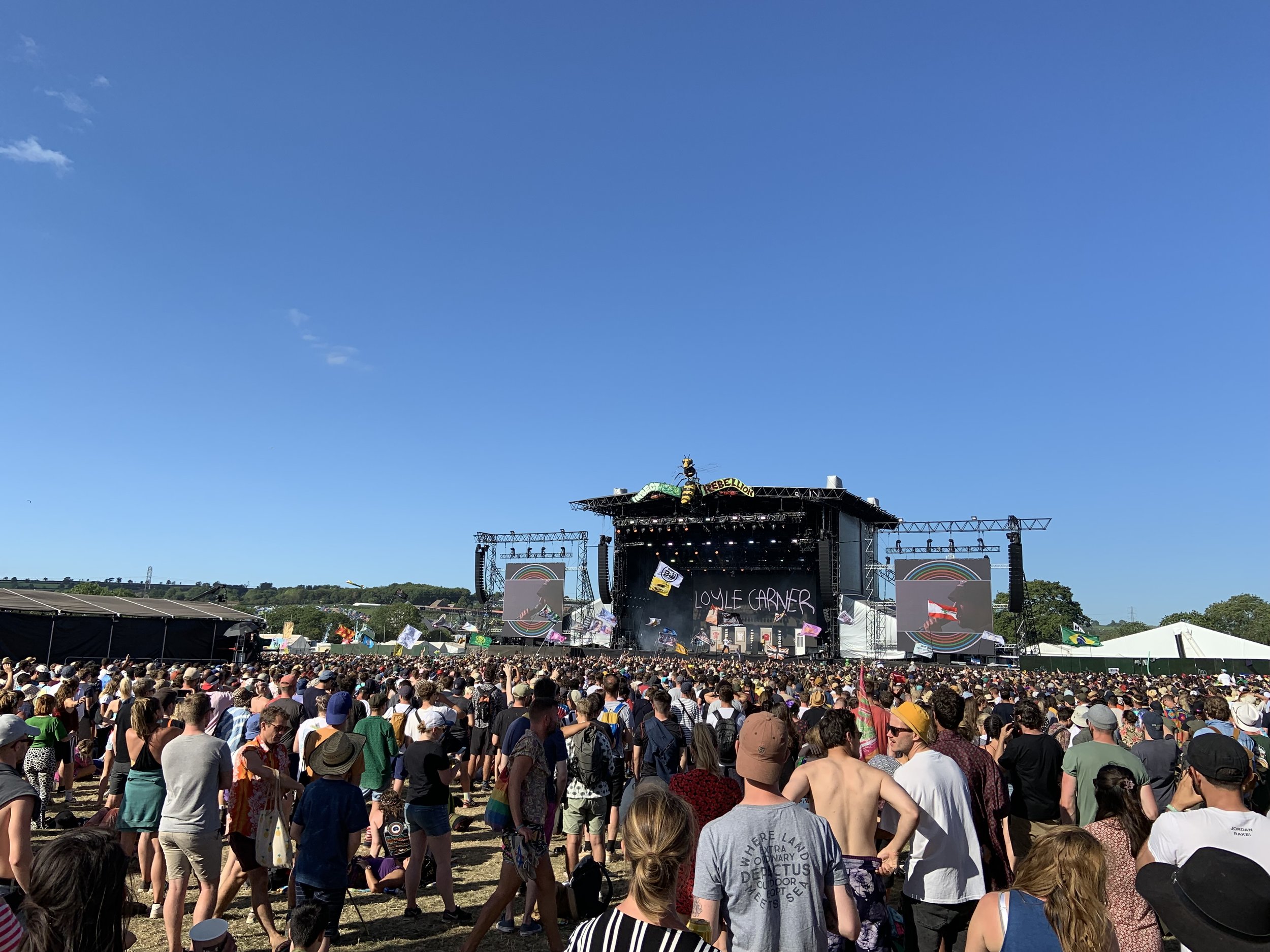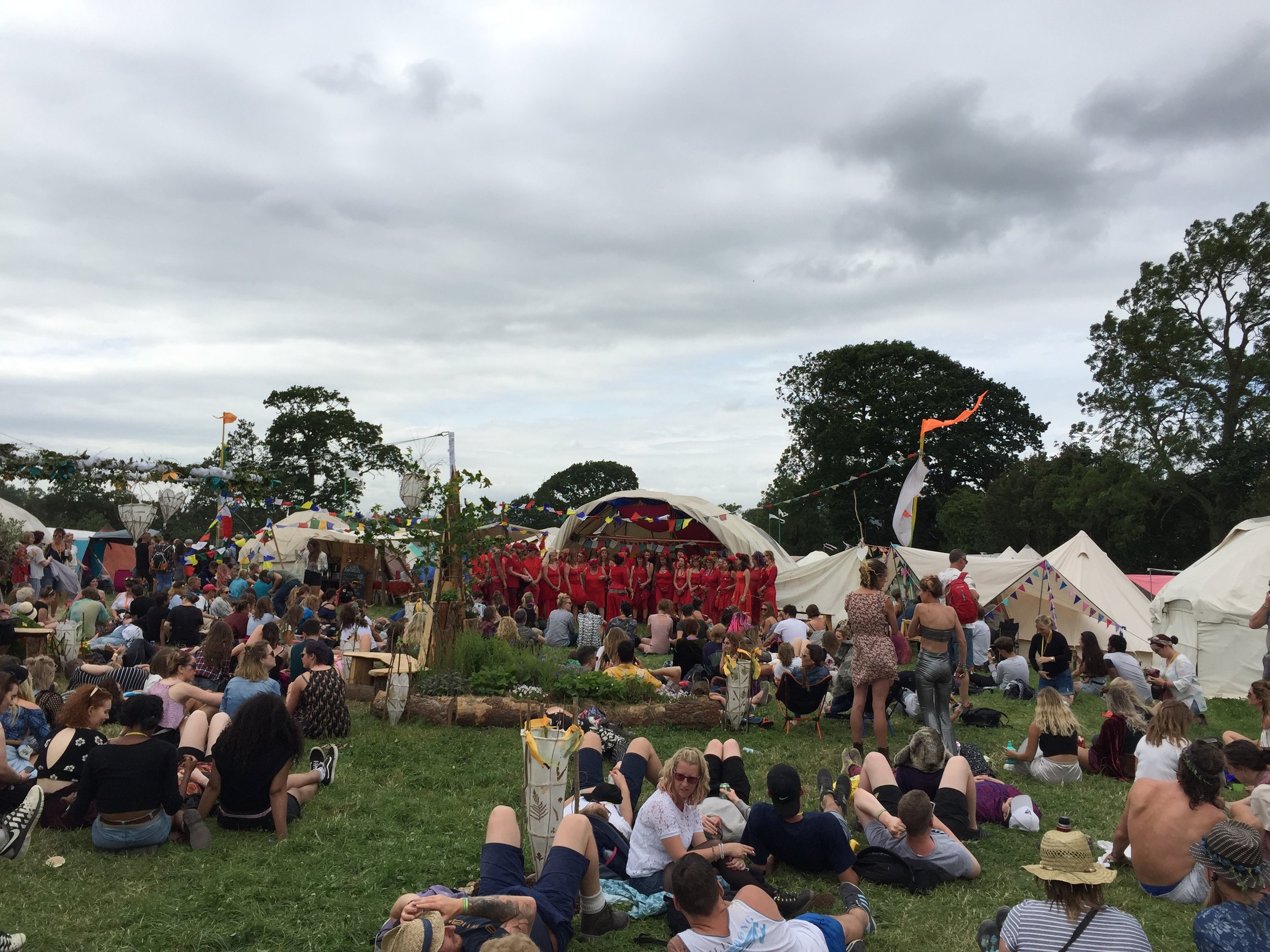Part 6: How many stages are there?
Navigating the stages at Glastonbury is like exploring a musical world in microcosm, with each stage offering its own unique flavour and atmosphere. From the iconic Pyramid to the intimate Acoustic Stage, the vibrant Silver Hayes to the politically-charged Left Field, there's a stage to suit every musical taste and curiosity. Below are some of the more popular stages.
Pyramid Stage: The iconic Pyramid Stage is Glastonbury's heart, showcasing the world's most famous acts. It's a behemoth of steel and canvas, resembling a futuristic pyramid, and represents the peak of Glastonbury's musical landscape.
Other Stage: A hefty rival to the Pyramid Stage, the Other Stage offers an equally impressive lineup, with big-name bands and artists routinely gracing its vast platform, often encompassing a slightly edgier, more alternative vibe.
West Holts Stage: Formerly the Jazz World Stage, West Holts champions a global mix of funk, soul, world music, and more. It's the place for those seeking an eclectic musical experience away from the mainstream.
John Peel Stage: Named after the legendary radio DJ and renamed ‘Woodsies’ in 2023, this stage is renowned for showcasing emerging talent and a few surprise big-name acts. It's the go-to stage for new music discovery.
The Park Stage: Located in the festival's more bohemian area, The Park Stage offers a blend of established acts and fresh talent. Its breathtaking views and surprise guests make it a must-visit.
Silver Hayes: Home to six different areas, it's a pulsating hub of dance music, DJs, and electronic acts, offering everything from drum and bass to house, techno, and more.
Acoustic Stage: As the name implies, this stage offers a platform for unplugged performances. Its intimate and often heartfelt sets provide a soothing contrast to the festival's more raucous areas.
Avalon Stage: Set within the festival's 'Fields of Avalon', this stage presents a mix of folk, country, and roots music, featuring both rising stars and seasoned performers.
Glade Stage: Tucked within a copse of trees, the Glade Stage offers a fairy-tale setting for a range of electronic acts, from ambient to psytrance.
Left Field Stage: This is the festival's political hub, where music and debate meet. Expect passionate performances and rousing discussions in equal measure.
BBC Introducing Stage: This stage is the breeding ground for the stars of tomorrow. Offering a platform for unsigned, undiscovered, and under-the-radar musicians, it's the place to catch future headliners first.
Croissant Neuf Stage: One of the oldest areas at Glastonbury, the Croissant Neuf marquee, powered entirely by solar energy, showcases an array of folk, acoustic, and world music.
Kidzfield Big Top: Don't let the name fool you; the performances here are as serious as they come. This family-friendly stage features a range of child-centred entertainment, from storytelling to magic shows, and occasionally plays host to some big-name acts too.
The Unfairground: A surreal, nocturnal wonderland of underground dance music and radical art installations. The music here is raw, unfiltered, and best experienced when the sun goes down.
The Green Fields: Not just one stage, but a collection of smaller venues and attractions, hosting everything from folk and world music to speakers and workshops, all with an eco-friendly twist.






